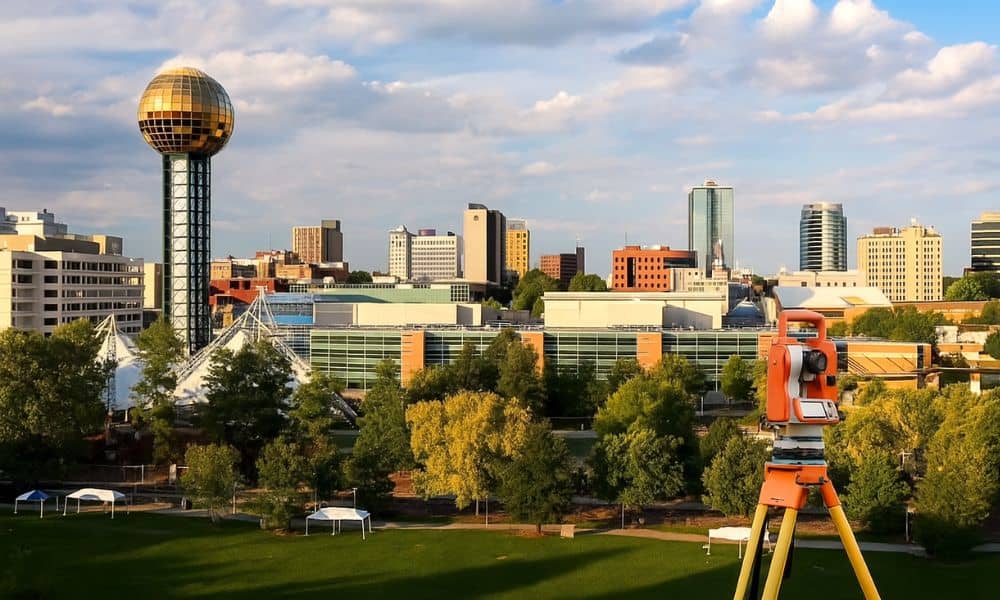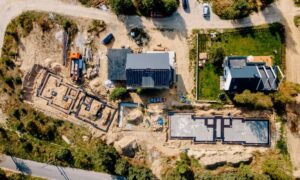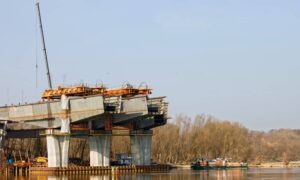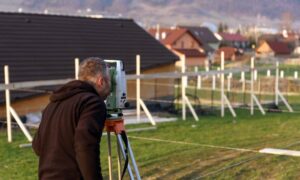
Have you ever run into a property issue involving a shared driveway, buried utility line, or confusing access point? These types of problems are more common than you might think—especially in commercial real estate. One of the most effective ways to solve these issues is with an ALTA survey. This specialized survey gives a full legal and physical view of a property, which can help resolve utility and access disputes before they turn into costly legal battles.
Whether you’re a landowner, developer, attorney, or lender, understanding how an ALTA survey works can help you protect your investment and avoid delays.
What Is an ALTA Survey and Why It Matters in Legal Disputes
An ALTA/NSPS Land Title Survey is a detailed map created according to national standards set by the American Land Title Association and the National Society of Professional Surveyors. It shows:
- Property boundaries
- Easements and rights of way
- Utility locations
- Improvements (like buildings and fences)
- Access routes and driveways
Unlike a simple boundary survey, an ALTA survey is designed to meet the strict needs of lenders and title insurance companies, making it ideal when legal clarity is required.
Common Utility and Access Disputes Property Owners Face
Here are a few real-world examples where confusion over property rights can cause major headaches:
- Shared driveways with unclear ownership or access rights
- Utility lines crossing property without recorded easements
- Blocked or private roads with no legal access to public streets
- Encroachments from neighboring properties, like fences or sewer pipes
These issues can stall transactions, lead to lawsuits, or even stop development entirely.
How an ALTA Survey Clarifies Property Boundaries and Easements
An ALTA survey offers a clear and accurate picture of:
- Where utility easements exist (both recorded and observed)
- Which improvements encroach on neighboring properties or vice versa
- Where legal access is permitted, especially for driveways and shared roads
When reviewed with the title commitment and property deed, an ALTA survey can confirm whether recorded easements match the real-world layout—or if something is missing.
Real Estate Transactions at Risk Without an ALTA Survey
Failing to perform an ALTA survey during a property deal can cause serious problems:
- Unexpected legal claims from neighbors or utility providers
- Delays in closing due to title insurance exceptions
- Inaccurate site plans that lead to construction errors
- Lenders pulling out due to unresolved property issues
Whether you’re buying, refinancing, or developing a property, an ALTA survey gives all parties confidence that the land is ready for its next chapter.
Case Study: Resolving a Shared Access Driveway Dispute
A recent commercial sale in Ohio involved two businesses sharing a single access road. The buyer’s title insurer flagged the road as a potential issue. The ALTA survey revealed:
- No recorded easement for the shared drive
- A portion of the drive crossed onto a neighboring parcel
With this data, the buyer negotiated a new recorded easement before closing, saving thousands in potential legal fees and ensuring clear access to the property.
Role of Surveyors, Title Companies, and Attorneys in Dispute Resolution
Disputes involving access or utilities require collaboration. Here’s how the process typically works:
- Surveyors map existing and recorded easements using physical evidence and land records.
- Title companies review the survey against legal descriptions and title documents.
- Attorneys use the final survey to draft, challenge, or enforce easements and access agreements.
When everyone is working from the same accurate map, resolution becomes much easier.
What’s Included in an ALTA Survey for Utility and Access Review
Most ALTA surveys include key items from Table A, a checklist of optional features that help clarify land rights. For utility and access concerns, this may include:
- Utility easements and service lines
- Right-of-way lines
- Observed evidence of use (e.g., worn driveways, fences)
- Zoning classification and setbacks
- Access to public roads
Including these in the survey ensures your legal team and title company have a complete view of the property.
When Should You Order an ALTA Survey?
You should consider ordering an ALTA survey when:
- Buying or refinancing commercial real estate
- Developing or subdividing a property
- Dealing with an access or easement issue
- Facing legal threats or uncertainty over property rights
ALTA Survey Cost and Timeline Considerations
The cost of an ALTA survey in Ohio or Tennessee usually ranges from $2,500 to $8,000, depending on the size, complexity, and location of the property. Expect the process to take:
- 1–2 weeks for smaller parcels
- 3–4 weeks for larger or heavily improved properties
Rush service is available but may include additional fees.
Choosing the Right Surveying Partner for Dispute Resolution
When resolving legal issues, not just any surveyor will do. Look for professionals who:
- Are licensed in your state
- Understand ALTA/NSPS survey standards
- Have experience with utility and easement mapping
- Collaborate well with title and legal teams
- Offer clear reporting and fast turnarounds
A skilled local surveyor can spot red flags early and guide you through the resolution process. In areas like Tennessee, it’s helpful to work with those familiar with local regulations and procedures related to ALTA survey services in TN.
Conclusion: Use an ALTA Survey to Protect Property Rights
If you’re dealing with a utility line issue, shared driveway, or unclear access, don’t wait for it to become a lawsuit. An ALTA survey provides clear, legal documentation that can protect you from disputes, delays, and liability.
Working with a professional land surveyor experienced in access and easement mapping is one of the best steps you can take in commercial real estate—and it could save you time, money, and legal trouble in the long run.
FAQs About ALTA Surveys and Utility Disputes
Q1: Do all easements show up in an ALTA survey?
Only recorded easements are guaranteed. However, surveyors also note visible signs of unrecorded easements.
Q2: Can an ALTA survey resolve old access disputes?
Yes, it can provide legal evidence to support boundary or access claims.
Q3: Is an ALTA survey admissible in court?
Yes, if it’s prepared by a licensed professional, it can be submitted as evidence.
Q4: What if the survey conflicts with my deed?
Survey discrepancies may require legal correction or an updated title policy.
Q5: Who pays for the ALTA survey in a dispute?
Typically, the property owner or buyer, but in legal cases, parties may share the cost or request reimbursement.





